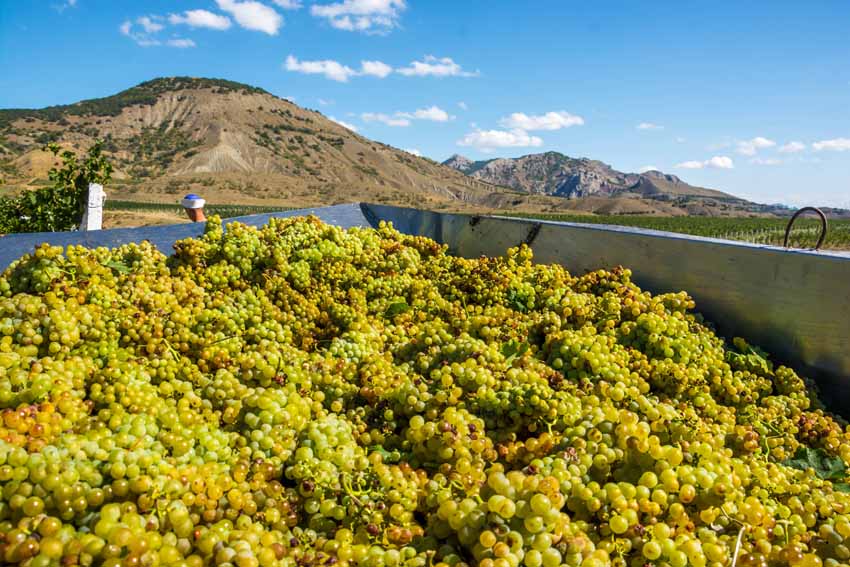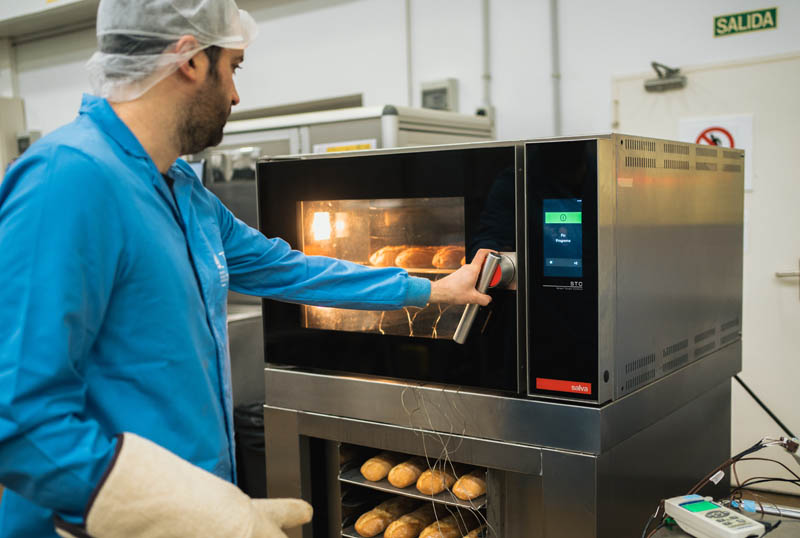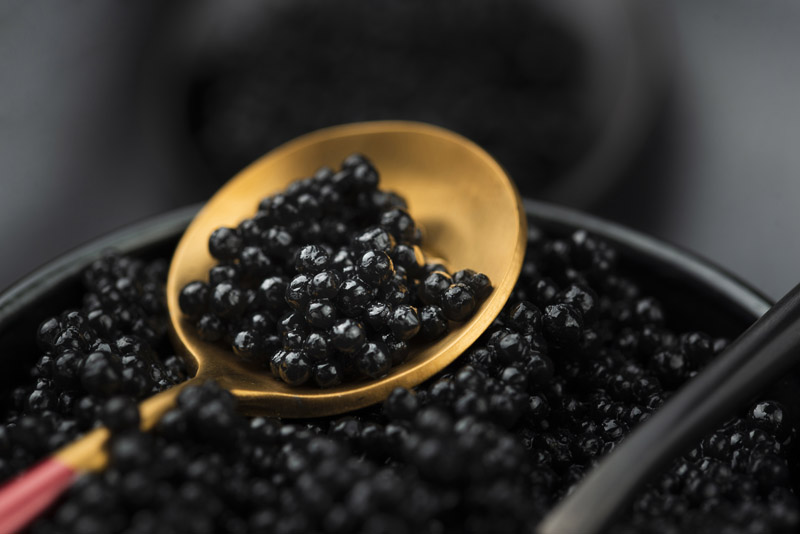Seafood side-streams have become too important to ignore
Últimas noticias
Una mirada LGTBIQ+ al reino animal
Circular Economy in Action: Valorisation of By-products through Projects like PRIMA NEWFEED
Strategic Perspectives: Highlights from the Food4Future World Summit for Business Leaders
That was one of the key take-homes from one of the participants, who attended the successful conference “Get more value from your seafood side-stream”, which was held on 24 April in Barcelona.
The conference, which was organized by Food & Bio Cluster Denmark, gathered around 75 representatives from the fishing industry, who came to hear about different solutions for a more sustainable and valuable exploitation of seafood side-streams as well as inspiration on ways to use the side-streams. Solutions that have been developed by the 13 organisations behind the EU-funded project WaSeaBi.
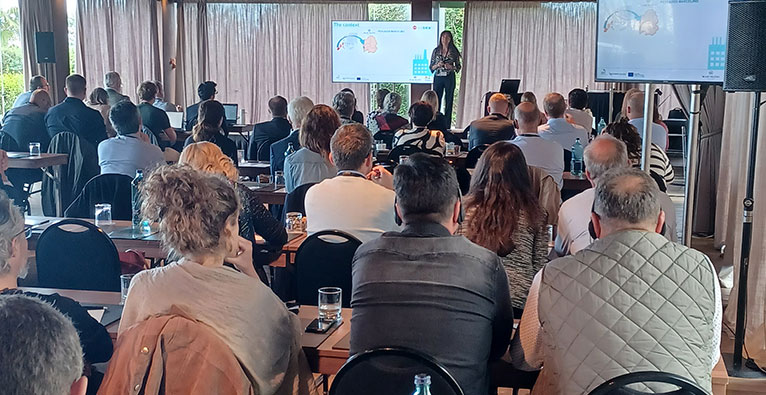
“We need to have a better exploitation of the aquatic resources so that we can feed 10 billion people in 20250,” said WaSeaBi project coordinator, Charlotte Jacobsen from DTU, in her opening speech and continued:
“That is why we have worked on developing storage solutions, sorting technologies and decision tools that will secure an efficient, sustainable supply system for by-catches and side-streams from aquaculture, fisheries and the aquatic processing industries. And finally, we have worked on developing technologies to convert seafood side-streams into high value food and feed ingredients.”
Índice de contenidos
From side-streams to products
And there is in fact a need for a more efficient and sustainable valorisation system of seafood side-streams that can turn the side-streams into marketable products as up to 70 % of the seafood ends up as low-value products or waste.
The project partners presented different techniques and methodologies, which have been used to develop:
- Bioactive peptides from hake by catch – Nuscience in collaboration with AZTI
- Flavouring compounds from salmon – Barna in collaboration with AZTI
- Flavouring agents from cod – Royal Greenland in collaboration with DTU
- Savoury compounds from mussel cooking water – Pescados Marcelino in collaboration with AZTI
- Protein and phosphorus from cod brine – Jeka Fish in collaboration with DTU
- New protein-enriched ingredients from herring process waters and sorted stabilized herring filleting side-streams – Sweden Pelagic AB in collaboration with CHALMERS
Through a process called enzymatic hydrolysis, the project partners have among others succeeded in obtaining bioactive peptides from hake bycatch. Bioactive peptides are protein fragments that benefit the body systems and overall human health. Further. The same process has been used to produce flavouring compounds from salmon and cod side streams that can be used as ingredient in the food industry.
An example of the outcome of the developed solutions in WaSeaBi, Sweden Pelagic is now able to sell a mince made from the inner fillet of herring – the part that remains on the backbone when the rest of the fillet is cut out. The mince is used to make new herring burgers, which for instance have been served at several schools in Gothenburg with great success. This is a solution that has been developed in close cooperation with Chalmers University of Technology.
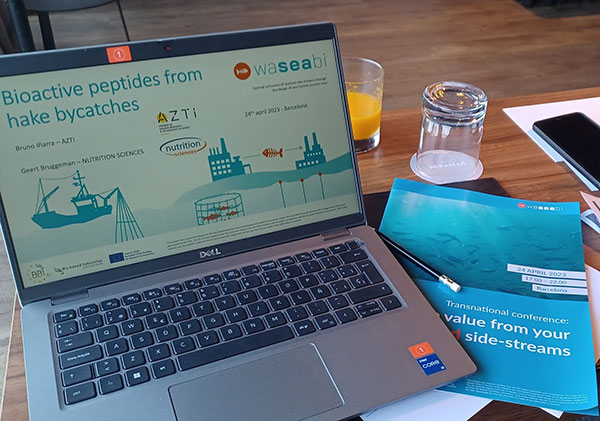
How to select the best option for valorisation of your side-streams
As a tool to help making decisions about side-stream management strategies, David San Martin from AZTI presented the so called AHP method (Analytic Hierarchy Process). The tool assesses different utilization scenarios for the different side-streams with a minimum effort and minimize the time required to evaluate which scenario will be the best one. In the end this will help seafood producers to make the optimal decision about how to use their side-streams based on the information they provide on different technical, legal, environmental and economical aspect.
In order to minimize the impact of psychological barriers (biases) when making decisions, Søren Espersen Schrøder, DTU AQUA presented a new tool, which has been designed to assist in making the objectively best choice for your side-stream resources. The tool is designed to be used together with an AHP or similar decision support tool and is meant for supporting managers and leaders with the purpose of minimizing the impact of psychological barriers (biases) on decision evaluations.
What are the environmental impacts of the proposed solutions?
When considering different valorisation options, it is off course interesting to look at what the specific potential environmental and economic impacts of the proposed solutions are. To help understand this, Erasmo Cadena from Ghent University shared some preliminary life cycle assessment results of a combined system to valorise seafood side-streams. His conclusion was that the environmental impact depends to a large extent on energy consumption. Process efficiency therefore plays a key role in environmental performance. Further, the economic profit margin depends on the type of side-streams valorised, process efficiency and the final products generated.
But how do the consumers feel about eating foods that contain ingredients made from seafood side-streams?
According to a questionnaire survey conducted by the WaSeaBi partners, which was completed by over 450 consumers across Europe, the majority of the respondents agree that, in the future, we have to use all food resources including side-streams. However, it is important for the consumers that the eating quality i.e. taste, odour, texture, etc. of the product is high and that information on the origin of the ingredients and raw material is provided. The price of course also plays an important role. In addition, a clean label is a motive for the consumers to buy a product. Further, the consumers also want to know about the environmental impact of the production of the food product.
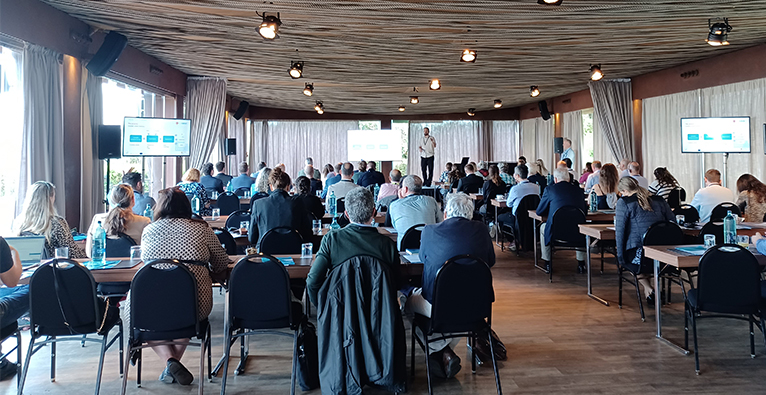
Main take homes according to the participants
“I think the conference has inspired companies to think of side-streams as a valuable product that they need to take into account in order to maintain a profitable business,” Poul Melgaard Jensen, director at Danish Seafood Association said, when asked about the outcome of the conference. Further, he concluded that “side-streams have become too important to ignore“.
This is very much in line with what the participant Hans Marius í Burgi, owner of the Faroese seafood company Sjógæti said: “This is a very interesting topic for us because we see that the customers are asking more and more about the companies’ green profile and how everything is handled – not only the main product, but also the side-streams.”
And Hans Marius concludes “For us to do something with the side-streams also, will certainly be of interest, so this is something we will spend time and money on”.
For more information on the project, visit http://www.waseabi.eu or sign up to the WaSeaBi newsletter here. For more frequent updates, you can also follow the project on LinkedIn and Twitter.
